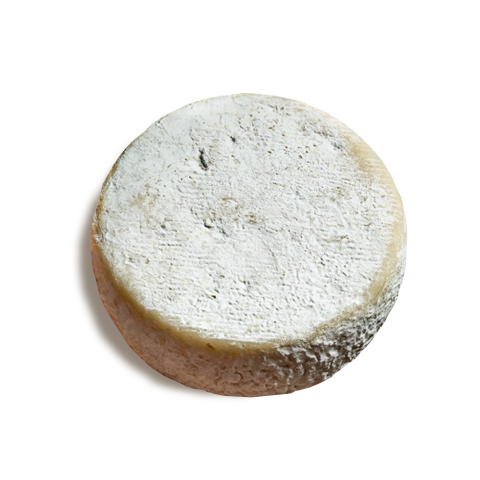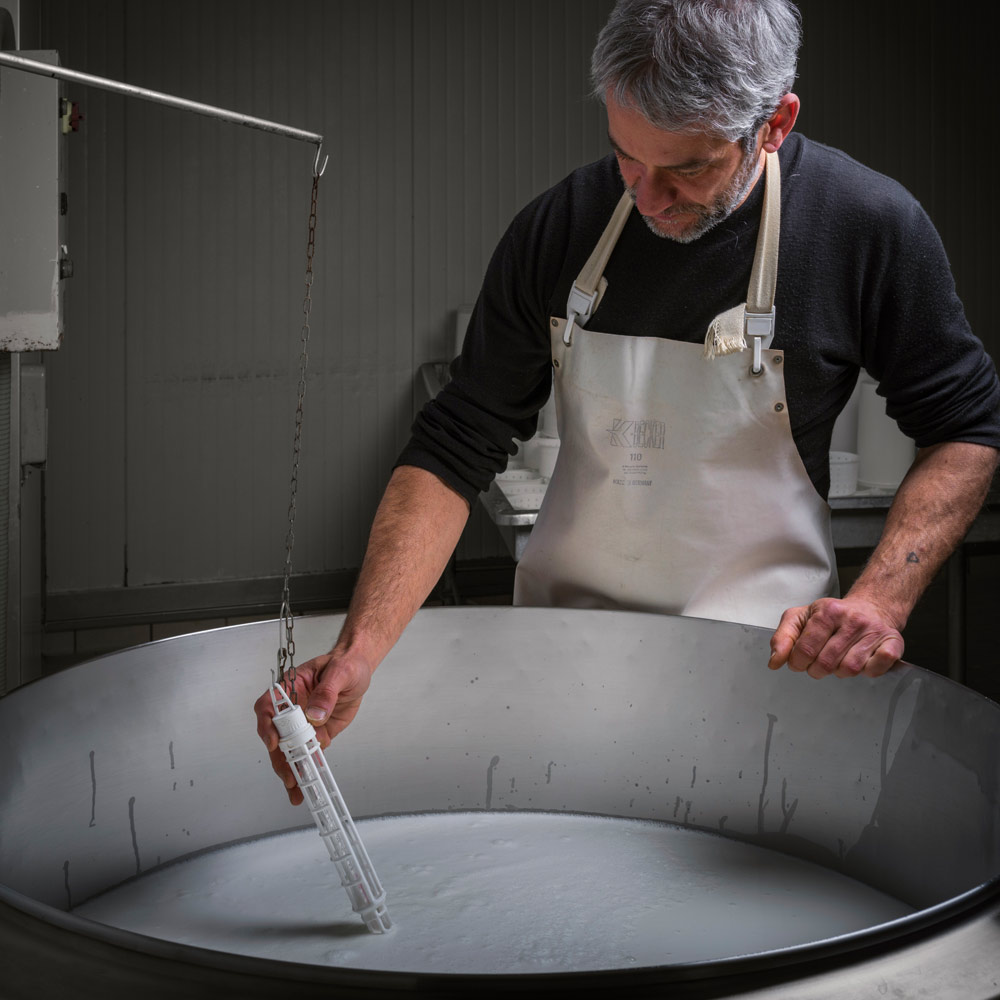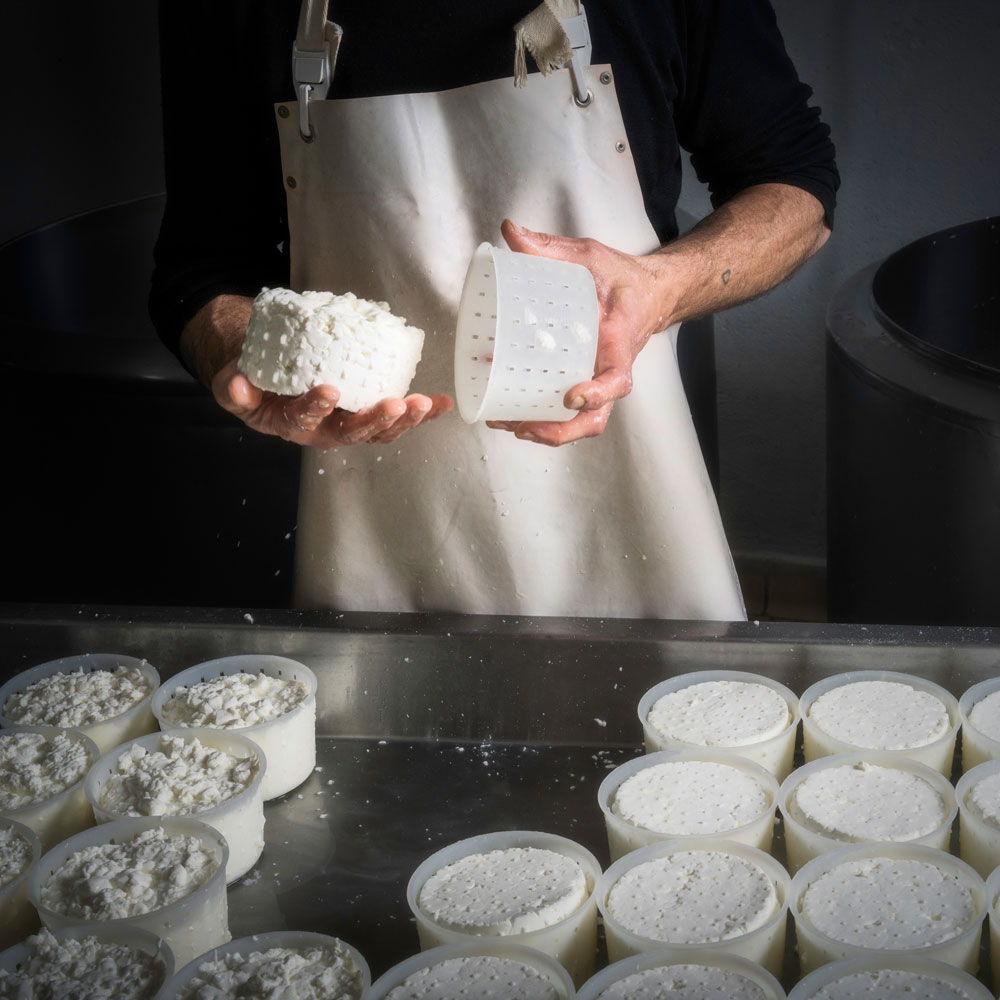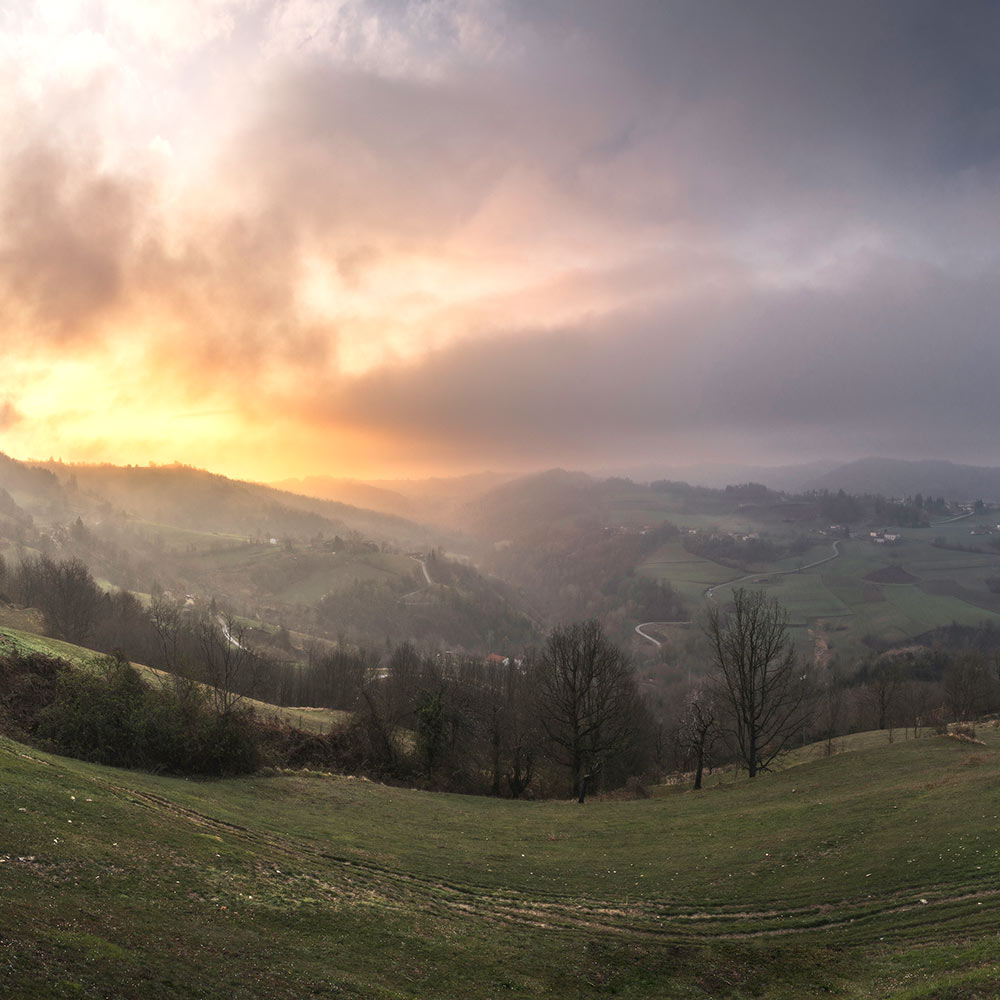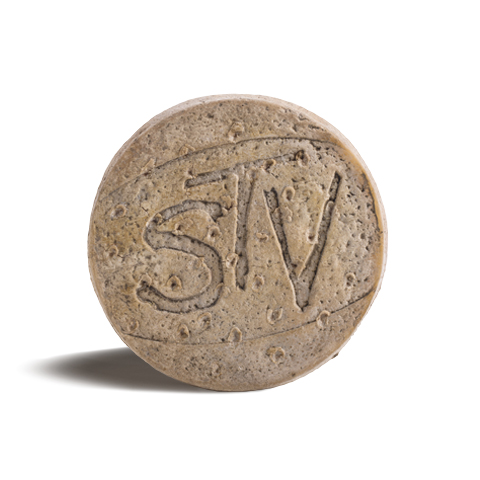Description
Murazzano PDO is the oldest of the Robiola cheeses from Piedmont. There are numerous legends surrounding its origins, but historically this cheese dates back to Celtic times and is believed to be descended from the Asti cheeses described by Pliny the Elder. The name originates from the area of major production, located precisely in the municipality of Murazzano. This cheese was once made exclusively from sheep’s milk.
Today, only very small quantities of this type, the most prestigious, are made. Its production once involved the women of the Alta Langa who would travel to Murazzano on market day to sell the cheese to shopkeepers who would then, in turn, take it to shops in the towns on the plains, as far as Turin. The history of this foodstuff is closely linked to that of the women of the province of Cuneo, who took care of the sheep, milking and production.
The specific qualities of the milk obtained from the native “Langhe sheep” breed, combined with the aromatic variety of the grasses on which the animals graze, give Murazzano PDO unique sensory properties, such as its delicate aroma and fine taste.
